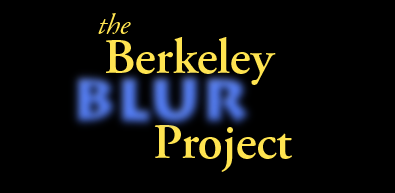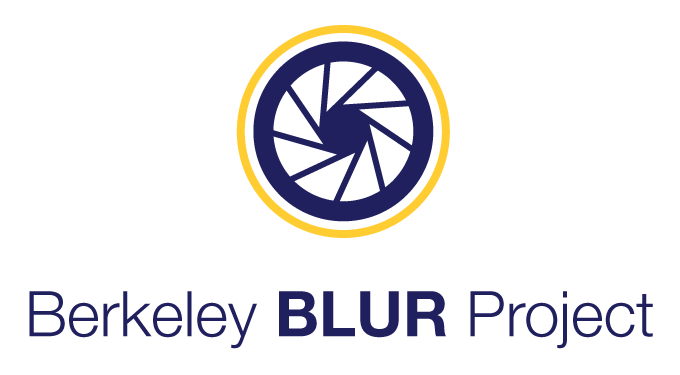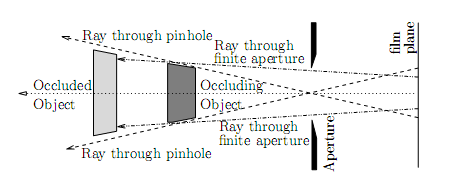The Berkeley BLUR Project




University of California, Berkeley
Computer Science Division
Berkeley, CA 94720-1776
USA
- Goals -
This project aims to discover methods for high quality real time image filters. Our filters are primarily intended for depth of field postprocessing. Our goal is to increase the realism of depth of field postprocess methods until they approach the quality of ray tracing based approaches. Specific goals include distinct kernel size per pixel (true spatially varying blur), high quality kernels, and freedom from artifacts, even at troublesome depth discontinuities.
- Movie -
- Publications -
Depth of Field Postprocessing for Layered Scenes Using Constant-Time Rectangle Spreading Graphics Interface 2009 |
Todd Kosloff |
Michael Tao |
|
Abstract: |
Algorithms for Rendering Depth of Field Effects in Computer Graphics
Proceedings of the 12th WSEAS international conference on Computers 2008 |
Todd Kosloff |
|
Abstract: |

An Algorithm for Rendering Generalized Depth of Field Effects Based on Simulated Heat Diffusion
Computational Science and Its Applications – ICCSA 2007 |
Todd Kosloff |
|
Abstract: |

Copyright ©2009-2010 U.C. Berkeley